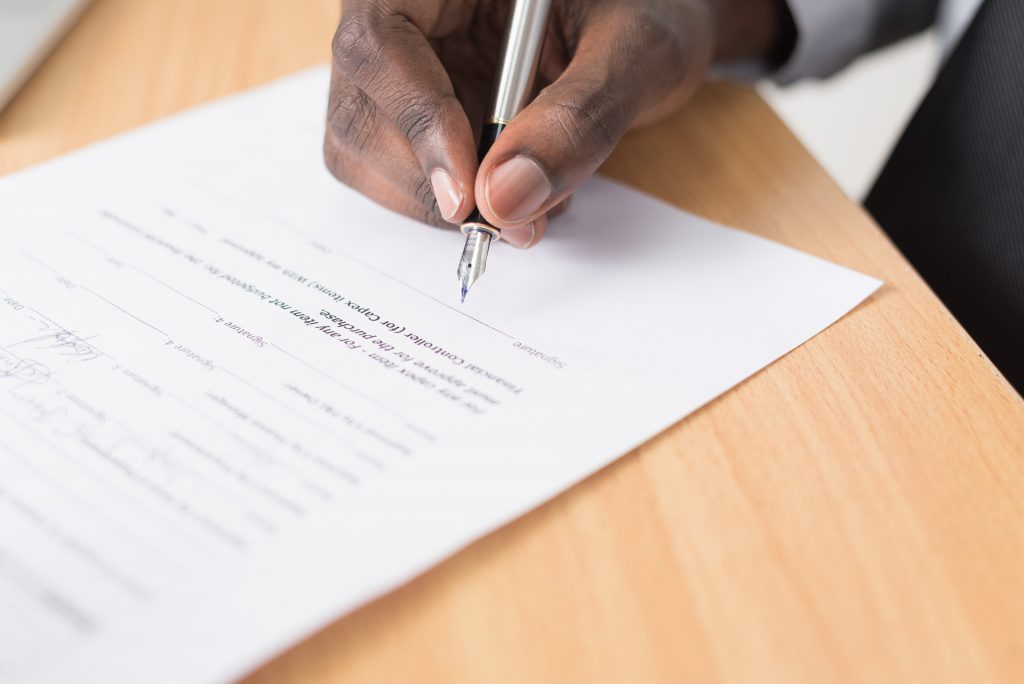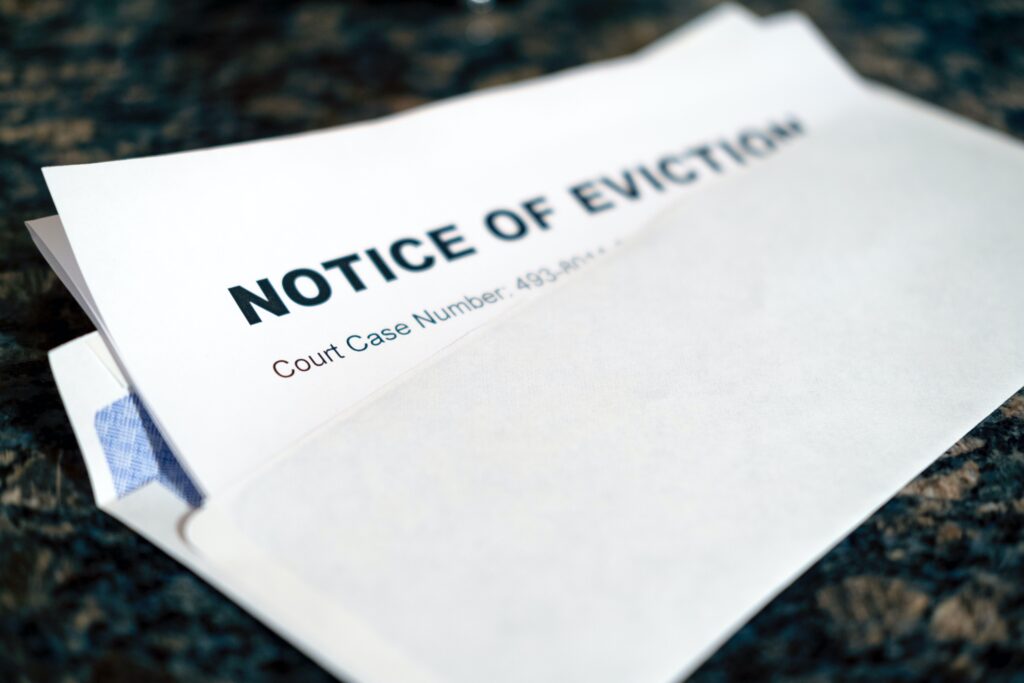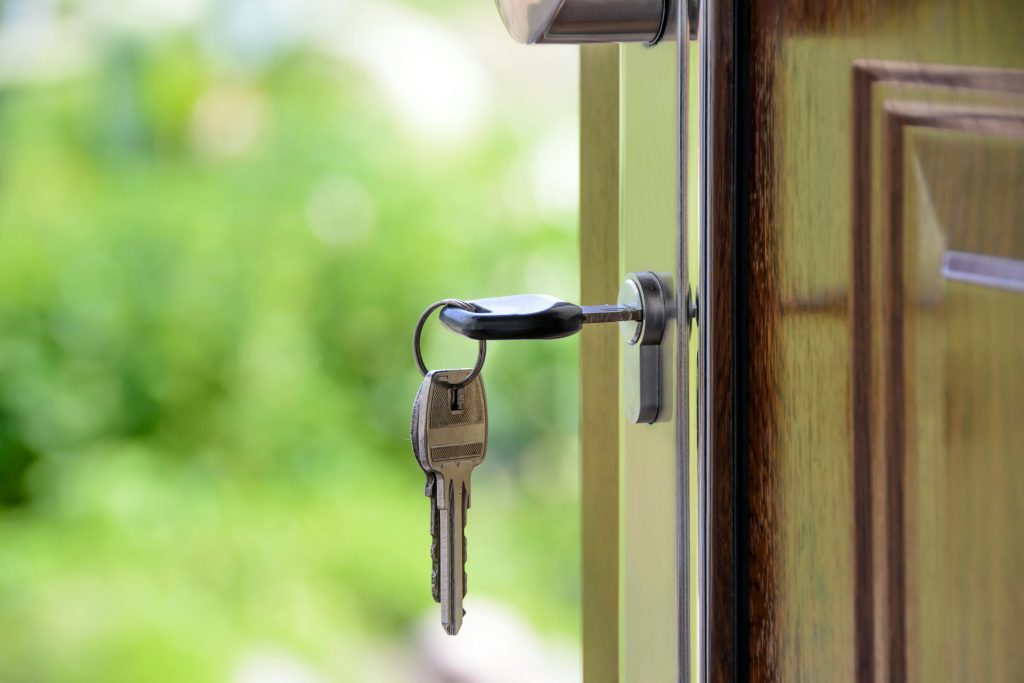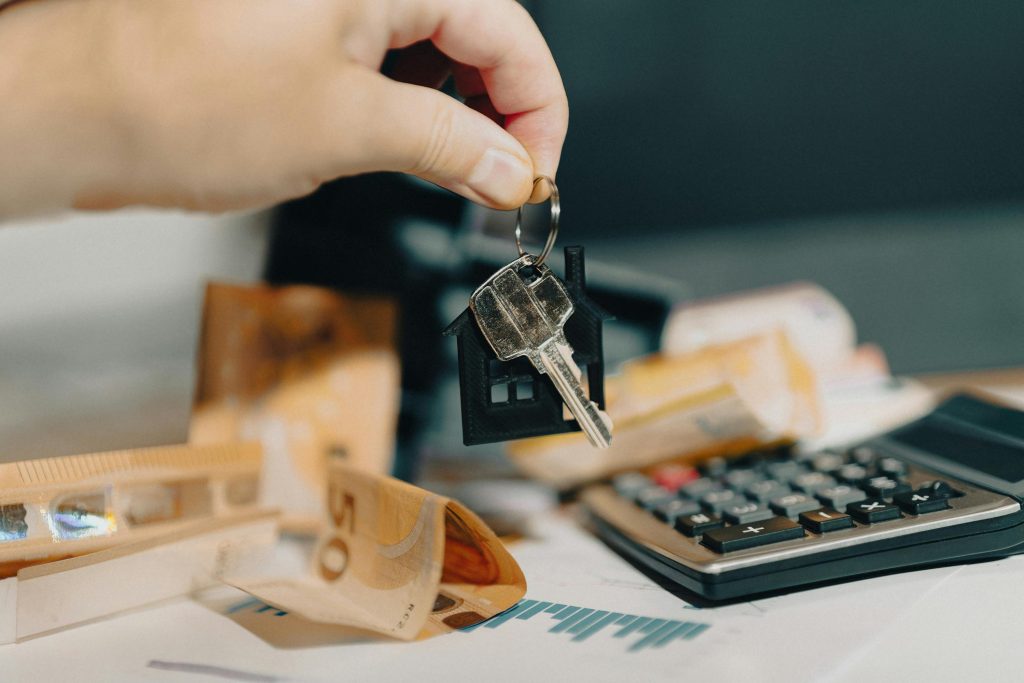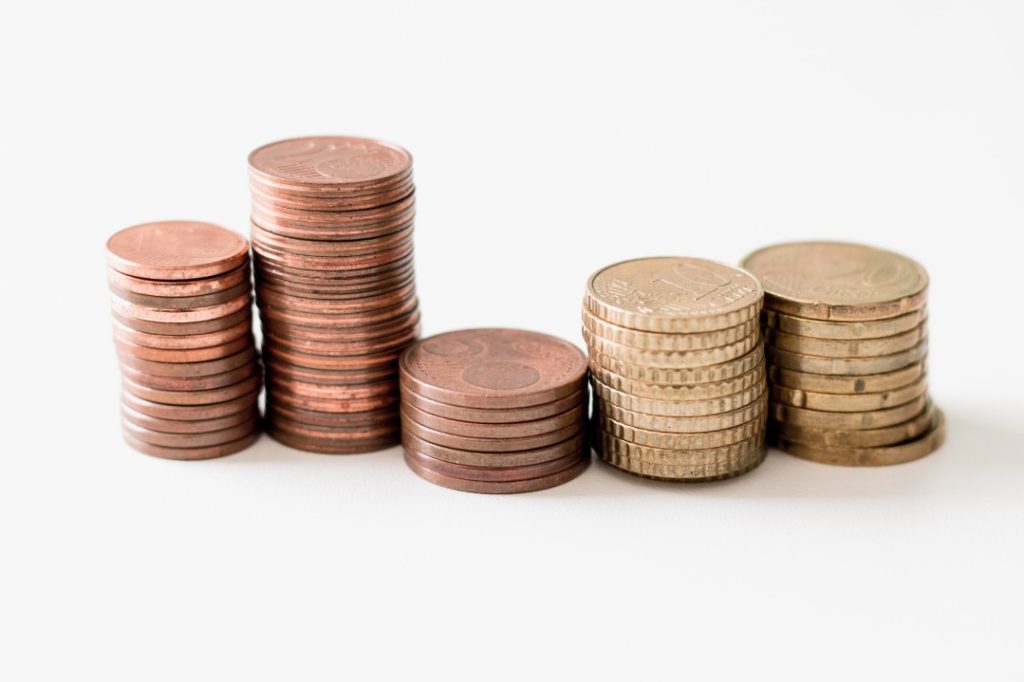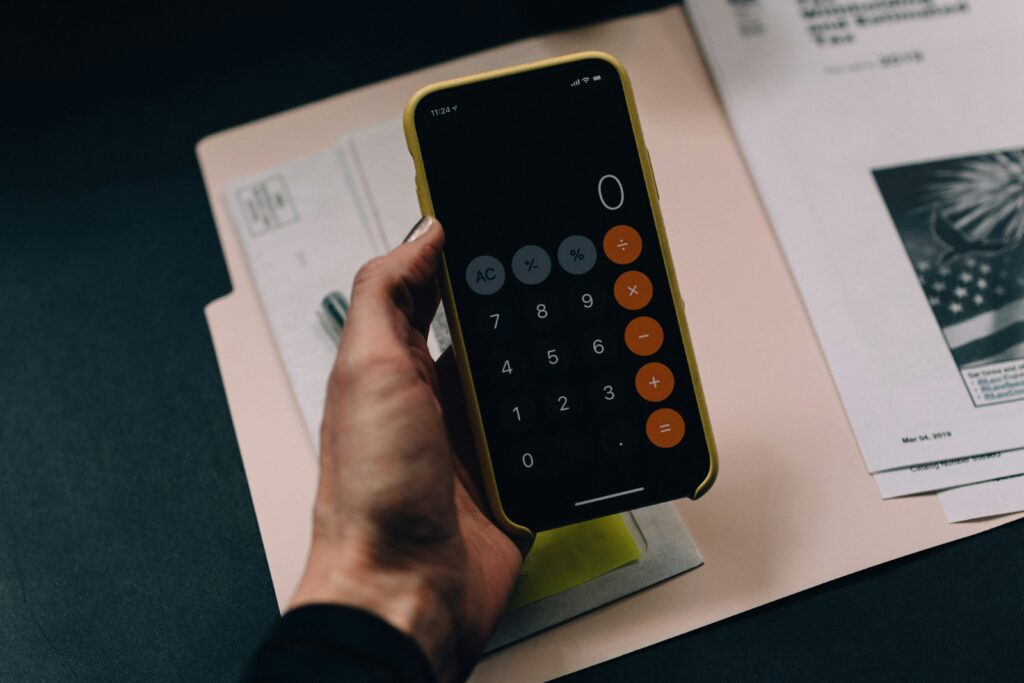Thinking of scribbling down “old sofa, about £50” and moving on? Think again.
Valuing household contents for probate might sound like a formality — but HMRC sees it differently. And if you get it wrong? You could land the estate with penalties, inheritance tax issues, or worse — a drawn-out investigation.
Let’s walk through exactly how to value house contents for probate the right way. You’ll learn:
- What average house contents are really worth (spoiler: it’s not what they’re insured for)
- How to work out the open market value of furniture, tech, jewellery and more
- When to DIY — and when to call in a professional valuer
- How to dodge HMRC penalties (even if the contents are minimal)
First Things First: Why Valuing House Contents Actually Matters
When someone passes away, their estate includes everything they owned — not just the house and bank balance.
And HMRC wants it all accounted for.
Here’s why the contents of the house aren’t just background noise:
- It’s a legal requirement. Executors must declare all estate assets, including the furniture, jewellery and personal items in the home.
- It affects Inheritance Tax. If the estate goes over the £325,000 nil-rate band, those extra pounds could be taxed at 40%.
- It ensures fairness. Say one sibling gets the contents and another gets cash. You’ll need a proper valuation to make sure everyone gets a fair slice.
- It protects you from penalties. HMRC isn’t shy about dishing out fines if assets are undervalued — even if it was an “honest mistake”.
Bottom line? Even the knackered telly in the spare room matters.
Market Value vs. Insurance Value: The Big Mistake People Make
Let’s clear something up.
The value you put down for probate should be the open market value — not the amount you insured the items for.
Here’s the difference:
- Insurance/replacement value = What it’d cost to buy the item brand new today.
- Open market value = What it’d fetch second-hand, in its current condition, from a willing buyer.
Example:
- You bought a sofa for £1,000.
- It’s insured for £1,000.
- But on Facebook Marketplace? You’d be lucky to get £100.
And that £100 is the number HMRC wants.
Using inflated figures could lead to overpaying inheritance tax. But underestimating things could trigger an enquiry — or worse, a fine.
So: always, always use the second-hand resale value. That’s what counts.
What’s the Average Value of House Contents in the UK?
This bit always raises eyebrows.
Most people assume a family home’s contents are worth upwards of £40,000 — because that’s what the contents insurance says.
In reality?
Here’s what probate professionals typically see:
| Property Type | Typical Contents Value |
| Minimalist Flat (1 bed) | £1,000–£5,000 |
| Standard Family Home (3 bed) | £10,000–£20,000 |
| Upscale Home (4+ beds) | £30,000–£50,000 |
| Collector’s Home / High-Value Estate | £50,000+ |
| Largely Empty / Cleared Home | Under £1,000 |
Unless the property’s packed with antiques or high-end gear, most homes fall between £10k–£30k. But you can’t use these averages in your probate application. You need the correct numbers based on a real valuation of the actual estate.
And remember — this is based on current second-hand value, not what it all cost originally.
Step-by-Step: How to Value House Contents for Probate
Let’s break this down into a practical process.
1. Start with an Inventory
Go room by room. Include:
- Furniture
- Electronics
- Kitchen appliances
- Artwork
- Jewellery
- Collectibles
- Anything of potential value (cars, tools, etc.)
You don’t need to log every mug — just focus on the significant stuff.
2. Flag Anything Worth Over £500
That includes:
- Gold and silver
- Designer jewellery or watches
- Antiques
- Collectibles (coins, stamps, wine, etc.)
These may need specialist valuation or to be listed separately on the IHT400 form.
3. Assign a Realistic Resale Value
Use places like eBay, Facebook Marketplace, or Gumtree to gauge open market value.
Typical depreciation examples:
- £1,000 dining table? Now worth £150
- £600 washing machine? Maybe £75 if working
- 3-year-old smart TV? Around 20–30% of original price
For low-value groups (e.g. “Clothes – £100”, “Books – £50”), bundle items together.
4. Add It All Up
Tally your estimated values. You’ll need the total to fill in the IHT forms (usually section IHT407).
5. Keep Evidence
Photos. Screenshots of similar listings. Quotes from valuers. Whatever you use — save it.
If HMRC ever asks, you’ll need to show how you arrived at your figures.
When You Should Bring in a Professional Valuer
You don’t always need an expert, but in some cases? Getting a professional valuation can save you time, stress — and potentially, money.
Here’s when it’s worth calling in the pros:
- High-value items: Anything likely worth over £500–£1,000 on its own — especially jewellery, artwork, antiques, or rare collections.
- Estate is taxable: If the total estate value is near or over the IHT threshold (£325,000 or £500,000 if passing to direct descendants), get a formal contents valuation.
- Family disagreements brewing: A professional can act as a neutral third party — helpful if there are disputes over who gets what.
- Unusual or hard-to-value items: Think vintage instruments, obscure collectibles, or unusual vehicles. Better safe than sorry.
Cost-wise, many probate valuations for house contents cost between £100–£300. Some auction houses even offer it free if they expect to sell the items.
Pro tip: Make sure you tell them it’s for probate — you want open market value, not insurance value.
What If the Contents Are Worth Very Little?
Let’s say the house is full of worn-out furniture, sentimental items and old clothes. What then?
You can give a lump-sum estimate — but only if it’s realistic.
Here’s what to do if the contents are worth under £1,500:
- Use a sensible estimate (e.g. “Household contents – £1,000”)
- Group items (e.g. “misc kitchenware – £50”)
- Take photos to back it up — in case HMRC comes knocking
- Keep a basic list or inventory for reference
If in doubt, explain the context: “Most valuable items were given away or disposed of before death.” You might not need to submit this, but be ready just in case.
Important: Even if you plan to donate or dispose of items, you still need to value them based on what they could have sold for — not what they fetched.
House Clearance: What to Expect and Budget For
Once you’ve valued the contents, there’s the matter of clearing them out. That’s where house clearance services come in.
Here’s what you should know:
What is House Clearance?
It’s a service that removes unwanted contents from the property — usually to prepare for sale or rental. Some items may be sold, others donated or binned.
When to Use It
- There’s too much to deal with personally
- You need to clear the house quickly
- Items are mostly unwanted or unsellable
Important: Do the valuation before you clear the house. Once it’s gone, you can’t backtrack if something valuable was tossed.
Typical Clearance Costs
| Job Size | Estimated Cost (UK) |
| Light clearance (few items) | From £175 |
| One-bed flat (half van) | £300–£350 |
| Full 3-bed house (full van) | £500–£600 |
| Larger jobs or hoarder homes | £1,000+ |
Extras to watch out for:
- Fridge/freezer removal: £75–£120
- Old TVs: £20–£30
Some clearance firms offset these costs if they can resell anything — so ask in advance.
Charity Tip
Charities like British Heart Foundation often collect furniture and donate-able goods for free. It won’t cover the whole job, but it can bring costs down significantly.
HMRC Expectations (and What Happens If You Get It Wrong)
HMRC isn’t expecting you to be an antiques expert. But they do expect you to act with care and common sense.
Their basic expectations:
- Include all items that have value
- Use open market values (not insurance or original price)
- Seek expert help for high-value or specialist items
- Keep records and be able to justify your figures
What If You Get It Wrong?
If HMRC finds an error, what happens depends on the reason:
| Type of Error | What Happens |
| Honest mistake | You might just pay the difference + interest |
| Careless (negligence) | Penalty of up to 30% of extra tax owed |
| Deliberate fraud | Penalty of up to 100% of extra tax |
Even if you’re acting as a volunteer executor, HMRC can still hold you personally liable for underpaid tax if you’ve already distributed the estate.
Key protection? Documentation. Your spreadsheet, photos, quotes and receipts are your safety net.
Common Mistakes When Valuing House Contents (And How to Avoid Them)
Even well-meaning executors can slip up. Here are the classic errors — and how to dodge them.
Mistake 1: Confusing Insurance Value with Market Value
Why it’s a problem: You’ll massively overstate the contents value — and possibly trigger unnecessary Inheritance Tax.
How to avoid it: Always use second-hand, open market prices — what the item would fetch today in its current condition.
Mistake 2: Forgetting to Value Something Because It’s “Sentimental”
Just because something has no resale value doesn’t mean it should be ignored.
What to do: Sentimental items (e.g. family photos, letters, personal mementoes) can be valued at £0 if that’s what they are worth, but they should still be accounted for in your inventory if they’re significant.
Mistake 3: Giving Items Away Too Soon
Letting family members take belongings before they’re valued can derail the whole process.
Fix it: Value first, distribute later. Keep a written and photographic record before anything leaves the house.
Mistake 4: Undervaluing Out of Laziness or Guesswork
Writing “all contents – £500” to dodge admin? That’s a shortcut to a penalty if HMRC checks.
Fix it: Do a proper walk-through, estimate fair second-hand values, and document everything.
Mistake 5: Ignoring Storage Units or External Items
It’s not just what’s inside the house. Think sheds, garages, storage facilities, or belongings lent to friends.
Fix it: Check all locations the deceased may have stored possessions — not just the main property.
Special Situations You Might Encounter
Every estate’s different. Here’s how to handle a few curveballs:
Collections (Coins, Stamps, Memorabilia)
Don’t assume they’re worthless — even a scruffy stamp album might hide a rare gem.
Tip: If in doubt, get a quick appraisal or ask a collector/dealer to take a look.

Electronics & Tech
Most modern tech depreciates fast — but high-end kit (DSLRs, premium headphones) can retain value.
Tip: Check second-hand prices online. Group older/low-value electronics together.
Jewellery & Watches
Even if it looks like tat, it could be solid gold or antique.
Tip: Separate fine jewellery from costume, and get an appraisal for anything that might be valuable.
Vehicles
Cars, bikes, boats and caravans all count.
Tip: Use sites like Autotrader and WeBuyAnyCar for ballpark values. Classic vehicles may need a specialist valuation.
Shared Ownership or Trust Items
If something is co-owned (e.g. 50/50 between spouses), only include the deceased’s share in the estate.
Tip: Check the legal ownership and include a note on your valuation.
Learn more about what happens to an estate when there’s a living spouse.
Get It Right, Stay Protected
Valuing house contents for probate isn’t glamorous. But it’s crucial.
Do it properly and you’ll:
- Avoid trouble with HMRC
- Prevent family disputes
- Distribute assets fairly
- And sleep easy knowing you’ve done your job as executor
Cut corners and you could face fines, backdated tax — or accusations from beneficiaries.
So take the time, document everything, and get help where needed.
Exemptions and exclusions
Certain sentimental or low-value items may be grouped together. Items that are worth less than £1,500 in total can often be reasonably estimated rather than professionally valued, though HMRC may request further details.
Items gifted within seven years before death may be included under inheritance tax rules, particularly if the deceased continued to benefit from the gift after giving it away (known as a ‘gift with reservation’).
Need to Clear a House Fast for Sale?
At Property Rescue, we can buy properties with all the stuff still in them (even if it’s all complete junk) – a quick and easy way to release funds from the inherited estate.
Probate can be stressful. We’re here to make one part of the process a whole lot easier.
If you need support, reach out. We’re ready when you are. We can buy the house in as little as 7 days since we buy directly with cash, without any estate agent involved.
Selling a house after probate
Once probate is granted, selling the deceased’s property can present challenges, particularly when inheritance tax needs to be paid quickly. Property Rescue offers solutions for anyone looking to sell a probate property fast.
Property Rescue can purchase properties directly, exchanging contracts in as little as 48 hours and (completing the sale in under 7-days) with cash offers typically made within 24 hours of contact.
A quick sale can free up cash needed to pay inheritance tax obligations. Get a free, no obligation quote to see how much your property is worth.

